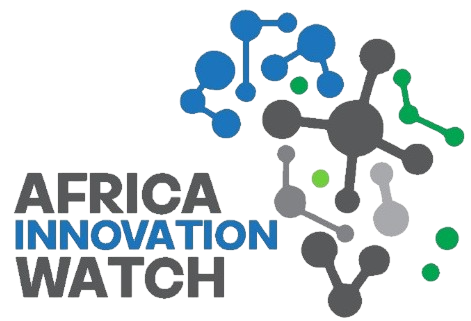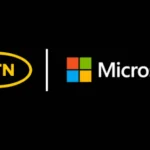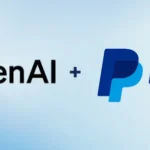In the early days, telecom service providers had a simple mission: enable people to make voice calls. Over time, this expanded to include fixed-line data, SMS, mobile services, and mobile internet, each step reshaping how people communicated and accessed information.
With the rise of smartphones and broadband, telcos began shifting beyond being mere connectivity providers. Today, they’re evolving again, transforming into platform businesses that bundle connectivity with digital services, creating entirely new telecom revenue streams.
Telcos as Digital Ecosystem Partners
Think of the old telco model as a small shop in a mall, offering niche solutions. Modern telcos, by contrast, now operate as if they own the entire mall, curating bundles of products and services for their customers.
By integrating third-party offerings, telcos enrich the customer experience, increase engagement, and tap into new revenue opportunities. For example:
- A fibre customer can subscribe to Netflix or EA Games directly via their telco, paying conveniently on their monthly bill.
- Enterprise clients can buy Microsoft 365 licenses bundled with connectivity, simplifying billing and management.
Why Telcos Are Perfectly Positioned
Mobile operators, fibre providers, and MVNOs already have the customer relationships, billing infrastructure, and trust to act as distribution partners for global brands. By bundling third-party services with core offerings, telcos can:
- Unlock new revenue streams by on-selling digital products.
- Leverage customer data to personalize offers based on usage patterns.
- Increase loyalty by becoming an all-in-one digital partner.
The Role of APIs in Telecom Transformation
At the heart of this transformation lies API technology. APIs act as digital bridges, allowing telcos and third-party providers to exchange data securely and efficiently. This enables:
- Seamless integration of services into telco platforms.
- Flexible billing models that add third-party charges to telecom invoices.
- Scalable ecosystems where new services can be introduced quickly.
Case Example: VAS-X as a Technology Enabler
Companies like VAS-X provide the API connectivity and billing infrastructure that make this transformation possible. By powering centralized billing environments, VAS-X allows telcos to offer a wide variety of value-added services (VAS), from entertainment to productivity tools.
This model increases subscriber lifetime value by ensuring customers stay engaged with their provider long after the initial contract.
Conclusion: From Connectivity to Customer-Centric Platforms
The telecom industry is no longer defined solely by minutes, texts, and data plans. In 2025, telcos are reinventing themselves as digital ecosystem partners, creating convenience for customers while driving profitable new revenue streams.
By bundling third-party services, leveraging APIs, and offering relevant, trusted digital solutions, telcos can transform one-time buyers into long-term loyal customers.










